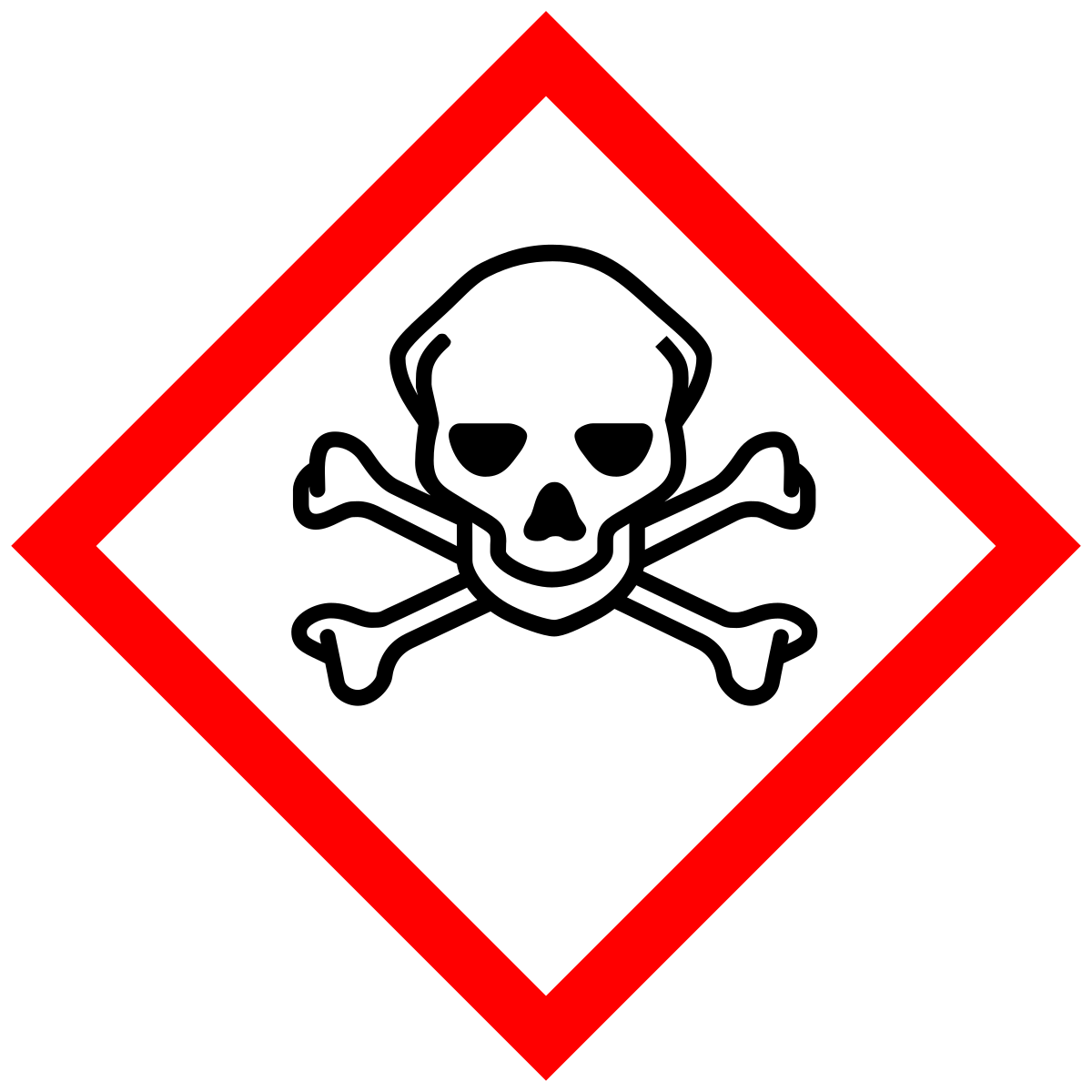Signs and Symptoms of acute carbon monoxide poisoning
• Headache
• Dizziness or light-headedness
• Confusion
• Impaired hearing and vision
• Weakness or fatigue
• Muscle cramps
• Nausea and vomiting
• Chest pain
• Altered level of responsiveness
The virus that attacks the brain and spinal cord
Rabies
What is this plant?
Poison Ivy
Some plants produce chemicals that can cause absorbed poisoning on contact. These plants vary in appearance depending on the location, species of the plant, and time of year. As prevention is the best strategy, it is a good idea to become familiar with the appearance of rash-causing plants in your area.
A common sign that an injected poisoning has occured
1. Needles
2. Puncture wounds
3. Problems breathing
4. Redness or swelling
These materials catch fire easily and burn quickly when exposed to any form of ignition (such as fire or heat)

Flammable
The gas that has no smell, colour or taste
Carbon Monoxide
Carbon monoxide (CO) is a gas that has no smell, colour, or taste. CO poisoning is often called a "silent killer" because it is not detectable to any of the body’s senses. CO bonds to red blood cells 200 times better than oxygen, preventing oxygen from attaching and therefore starving the body of oxygen.
It releases when fuel is burned in small engines, lanterns, fireplaces, stoves, grills, gas ranges, furnaces, cars, and trucks. When equipment that burns these fuels is properly ventilated, CO poisoning is not a problem.
But if the equipment or ventilation system is faulty, or if outdoor equipment is used in an enclosed area, toxic levels of CO can build up quickly, creating the risk of CO poisoning. Concentrated CO is poisonous and life-threatening to those who inhale it.
Fact or myth: You can help to slow the spread of venom through the body by cutting the wound or applying suction, ice, electricity, or a tourniquet
Myth
These measures are not effective for slowing the spread of venom. In fact, they are likely to cause pain and injury. Your time is better spent seeking medical attention as quickly as possible
Tips for prevention of exposure to rash causing plants
- Wear a long-sleeved shirt, long pants, and closed-toed shoes.
- Apply a pre-contact barrier cream or lotion before going outside.
- Wash skin with a specialized skin cleanser designed to remove plant oils or a degreasing soap (such as dishwashing liquid) and plenty of water immediately after returning indoors.
- Wash tools, work gloves, and clothing that may have contacted rash- causing plants, as oils can remain on these items and transfer to the skin the next time they are used.
Different types of Drugs
1. Stimulants
2. Hallucinogens
3. Depressants
4. Designer Drugs
These materials can harm the respiratory (breathing) system, nervous system,
and other systems if they are absorbed through the skin, inhaled, or ingested.

Toxic
Tips to prevent Carbon Monoxide Poisoning
- Ensure that a battery-operated or battery back-up CO detector is installed in the home or workplace where the alarm will be easily heard
- Check the CO detector’s batteries twice a year, ideally once in the fall and once in the spring
- Have all fuel-based appliances and equipment installed and repaired by a qualified technician.
Have all fuel-based appliances and equipment serviced annually by a qualified professional
Use fuel-based appliances and materials as intended (e.g., do not use generators or portable flameless chemical heaters indoors, do not use a gas stove or oven for heating, do not burn charcoal indoors)
Ensure that chimneys are inspected and cleaned annually by a professional
Never run a car or truck inside an attached garage. For detached garages, always leave the garage door open when running a car or truck inside.
This spider has a distinctive violin-shaped pattern on the back of its front body section
Brown recluse spiders
Rash Causing Plants
1. Poison Ivy
2. Poison Oak
3. Poison Sumac
4. Giant Hogweed
5. Wild Parsnip
If the ill person is unresponsive and not breathing
BEGIN CPR.
Do not delay CPR treatment to give the person naloxone
These materials can explode when exposed to heat, flame, or pressure.

Explosive
Physical signs and symptoms that indicate a poisonous substance has been absorbed
- Rash or hives (raised, itchy areas of skin)
- Burning or itching skin
- Swelling
- Blisters
- Burns
- Unresponsiveness
Venomous Snakes in Canada
1. Northern Pacific Rattlesnake
2. Massasauga Rattlesnack
3. Prairie Rattlesnake
24 hours after exposure:
- Swelling of the skin
- Reddening of the skin
48 hours after exposure:
- Painful blistering
- Purplish scarring of the skin
Signs and symptoms of alcohol poisoning
- Confusion
- Vomiting
- Seizures
- Slow or irregular breathing
- Low body temperature (hypothermia)
- Unresponsiveness
- Blue-tinged skin or skin that is paler than normal
These materials can burn the skin and cause permanent blindness.

Corrosive
If their ABC's are unaffected, what are the next steps
Call the local Poison Control Centre
If the tick has begun the bite
Use tweezers to grasp the tick by the head as close to the person’s skin as possible.
Pull upward slowly and steadily without twisting until the
tick releases its hold. If you cannot remove the tick or if its mouthparts stay in the skin, the person should seek medical attention.
If the tick is removed, wash the area with clean tap water. The pressure of the running water lets it penetrate more deeply into the wound.
If possible, save the tick in a resealable bag and record the date of the bite.
Advise the person to monitor the bite for several days for signs and symptoms of infection. If the area becomes infected (i.e., it becomes red, warm, or painful), or the person develops a fever, he or she should seek medical attention.
The oil that poison plants are covered in
Urushiol
Common cause of drug overdose in Canada
Opioid overdose

Radiation